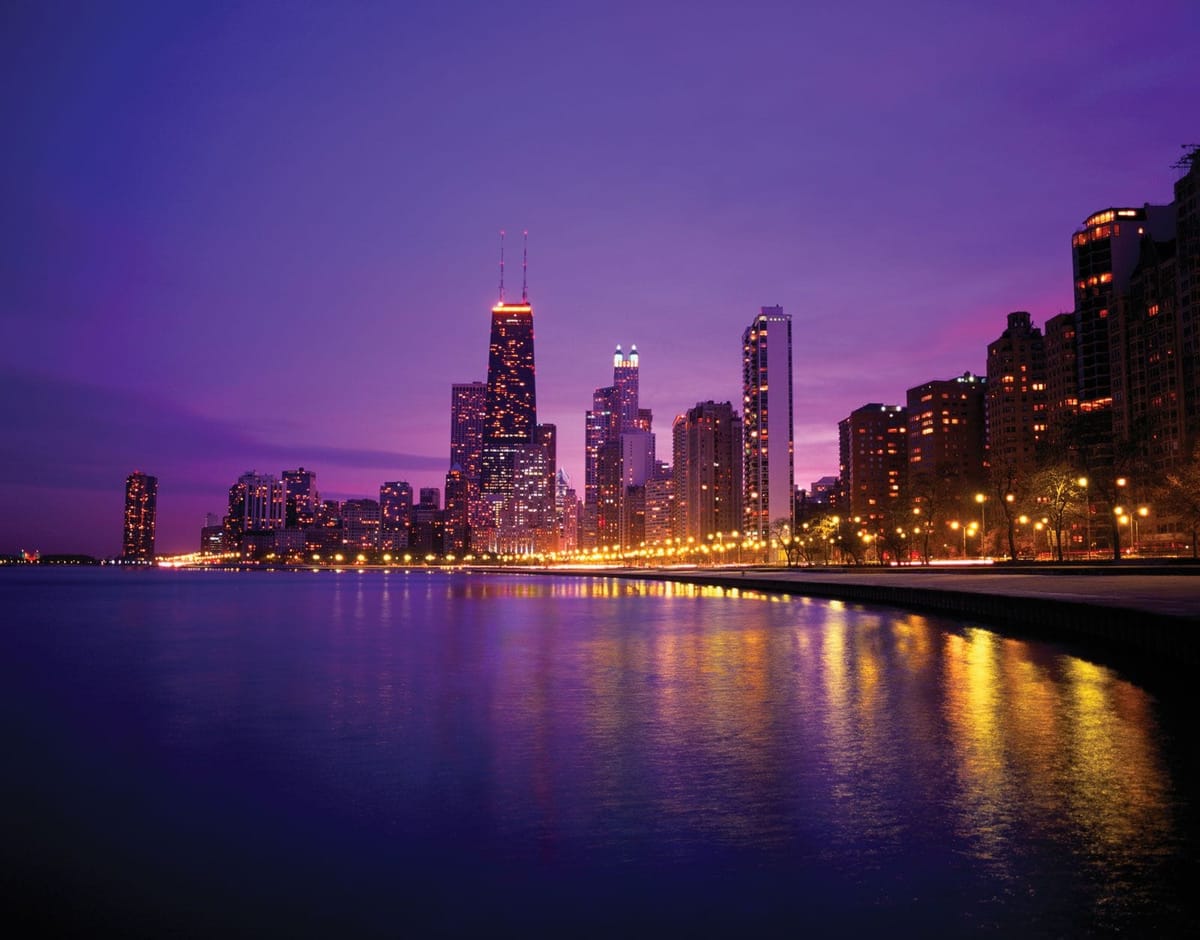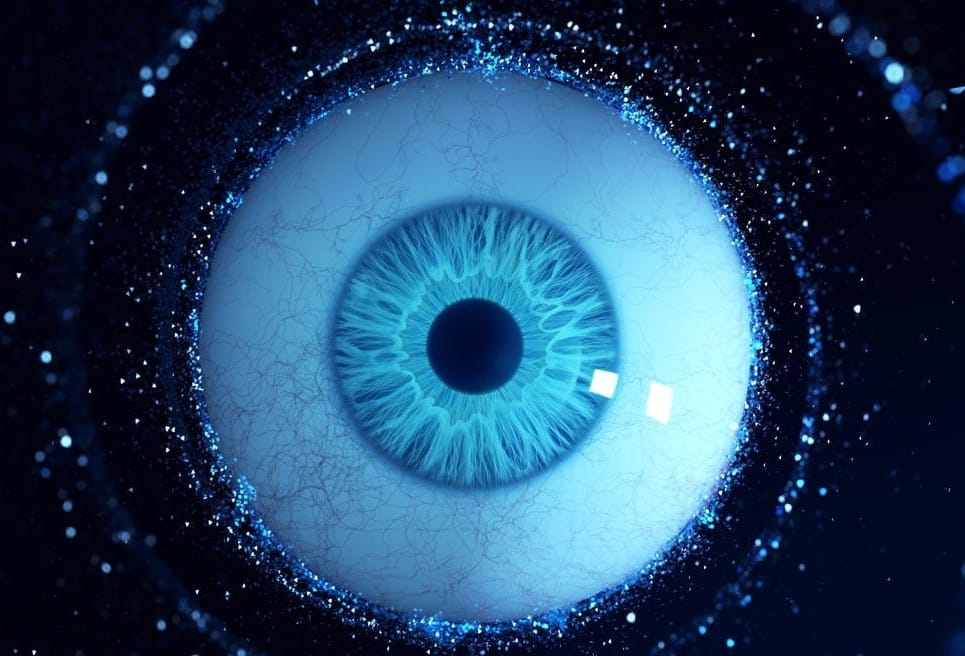The design of Chicago was influenced by a Swedish mystic

From Academia: “Daniel Hudson Burnham, the Chicago architect and city planner, is recognized for his work on the development of American tall office building; for the construction of World’s Columbian Exposition of 1893; and for his city plans for Washington, D.C., Cleveland, San Francisco, and Chicago. What is not so well known is how his Swedenborgian faith infuenced his work, especially his 1909 Plan of Chicago. Burnham’s encompassing large-scale view was related to his religious beliefs that posited the correspondence of the physical realm to that of spiritual. Emanuel Swedenborg was a Swedish scientist and engineer who, beginning in the mid 1740s, underwent a spiritual awakening. The focus of his work changed to the mystical aspects of human experience. He believed that all Christian churches were dead and in need of revitalization and the key to revitalization was to be found in a new interpretation of scripture. His followers founded the Church of the New Jerusalem, sometimes referred to as the New Church.”
The math tutor and the missing $533 million

From Rest of World: “One morning in January, Byju Raveendran sat in the back seat of his shiny black Cadillac as it sped through Dubai. Just three years prior, the schoolteachers’ son had appeared on the Forbes list of richest Indians as founder and CEO of Byju’s, then one of the world’s most valuable education technology companies. By 2017, marquee investors like the Chan Zuckerberg Initiative had vaulted Byju’s into the upper echelons of global edtech companies, sparking a worldwide acquisitions spree. In 2022, the company was valued at about $22 billion. But things unraveled — slowly at first, and then all of a sudden. In September 2023, the Board of Control for Cricket took Byju’s to court. The plaintiffs alleged that $533 million of the loan had been siphoned to a sham hedge fund registered at the address of an International House of Pancakes restaurant in Miami. The fund was run by a 23-year-old who’d purportedly spent part of the funds on a Ferrari, a Lamborghini, and a Rolls-Royce.”
What you see is an illusion that your brain creates using information from the past

From Popular Mechanics: “Open the camera app on your phone and start recording a video. Place the screen right in front of your eyes and try to use the live footage as a viewfinder. Tricky, right? The shapes, colors, and motion in the video are jarring. Scientists say this exercise is a close approximation of the messy visual data that our eyes constantly bombard our brain with. So how exactly do we see without feeling dizzy or nauseated? In a peer-reviewed paper published in 2022 in the journal Science Advances, researchers from the University of Aberdeen and the University of California, Berkeley, describe a “previously unknown visual illusion” that helps us smooth out what we see over time. Instead of analysing every single visual snapshot, what we perceive in a given moment is an average of what we saw in the past 15 seconds. By pulling together objects to appear more similar to each other, our brain tricks us into perceiving a stable environment.”
Hi everyone! Mathew Ingram here. I am able to continue writing this newsletter in part because of your financial help and support, which you can do either through my Patreon or by upgrading your subscription to a monthly contribution. I enjoy gathering all of these links and sharing them with you, but it does take time, and your support makes it possible for me to do that. I also write a weekly newsletter of technology analysis called The Torment Nexus.
One of the worst nuclear disasters happened when someone stole a radioactive device

From Wikipedia: “The Goiânia accident was a radioactive contamination accident that occurred on September 13, 1987, in Brazil, after an unsecured radiotherapy source was stolen from an abandoned hospital site in the city. It was subsequently handled by many people, resulting in four deaths. About 112,000 people were examined for radioactive contamination and 249 of them were found to have been contaminated. In the consequent cleanup operation, topsoil had to be removed from several sites, and several houses were demolished. All the objects from within those houses, including personal possessions, were seized and incinerated. Time magazine has identified the accident as one of the world's worst nuclear disasters and the International Atomic Energy Agency (IAEA) called it one of the world's worst radiological incidents. The radiation source in the Goiânia accident was a small capsule containing about 93 grams of caesium chloride (a salt made with a radioisotope, caesium-137) encased in a shielding canister.”
An airport on the French Riviera once had to be shut down because of an invasion of snails

From IOL: “A runway at Nice airport on France's riviera coast had to be closed for five hours in 2000 because of an invasion of snails. Heavy rains in the area had flooded the ground on either side of the runway tarmac, which forced hundreds of thousands of snails onto the tarmac of the north runway overnight, officials said. "Snail slime was spread over the whole of the landing area so we decided to go ahead with a clean-up," said the airport's management. Officials said they were concerned that landing aircraft might slip or have trouble steering on the ground due to the thick coating of snail slime. After sweeping three kilometres of runway, airport workers reportedly collected five cubic metres of snails. A similar invasion happened 15 years ago, officials said.”
That time all of the fireworks for an entire show went off at the same time
Remember that nobody will ever watch that firework video again...
— Sheel Mohnot (@pitdesi) July 4, 2025
unless it's the July 4th 2012 fireworks show in San Diego where they accidentally let off 18 minutes of fireworks at once pic.twitter.com/IpjvsRmU0W
Acknowledgements: I find a lot of these links myself, but I also get some from other newsletters that I rely on as "serendipity engines," such as The Morning News from Rosecrans Baldwin and Andrew Womack, Jodi Ettenberg's Curious About Everything, Dan Lewis's Now I Know, Robert Cottrell and Caroline Crampton's The Browser, Clive Thompson's Linkfest, Noah Brier and Colin Nagy's Why Is This Interesting, Maria Popova's The Marginalian, Sheehan Quirke AKA The Cultural Tutor, the Smithsonian magazine, and JSTOR Daily. If you come across something interesting that you think should be included here, please feel free to email me at mathew @ mathewingram dot com



